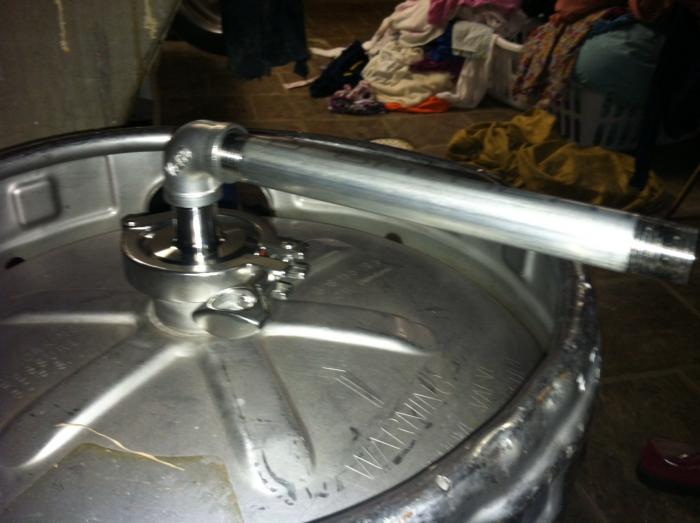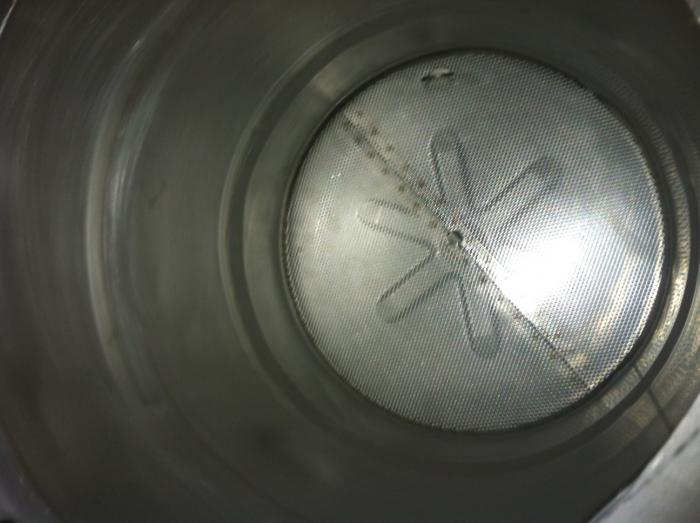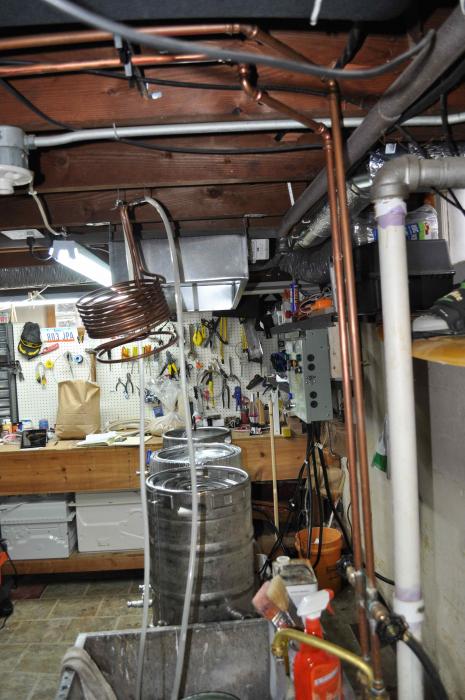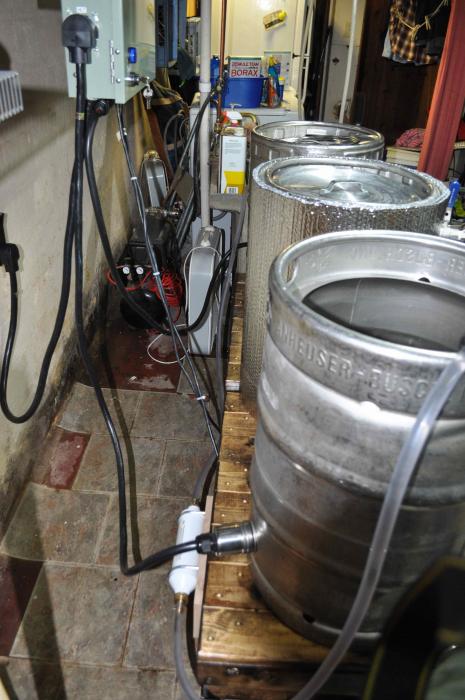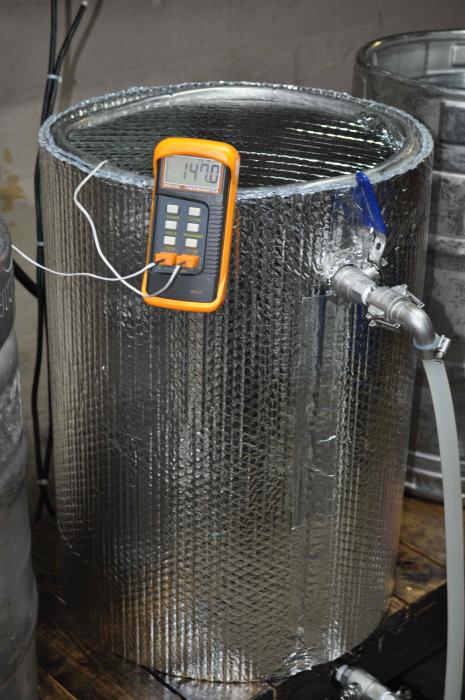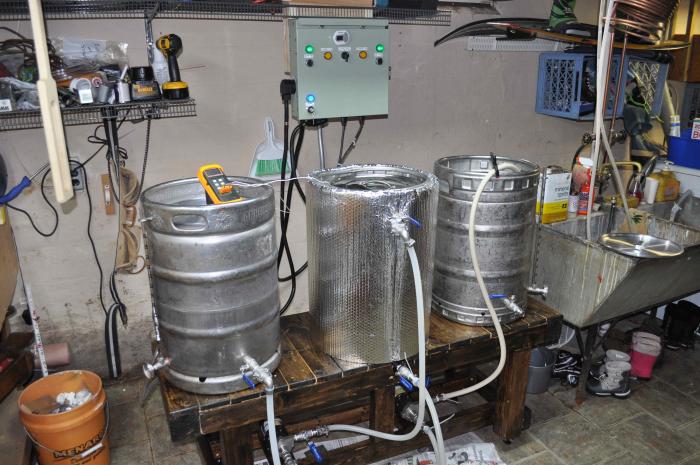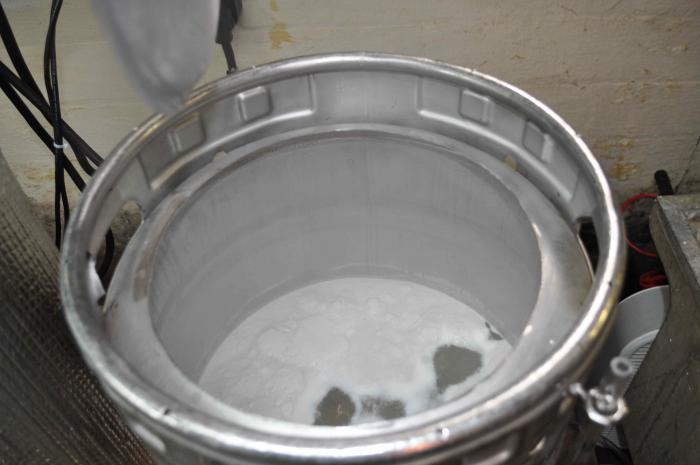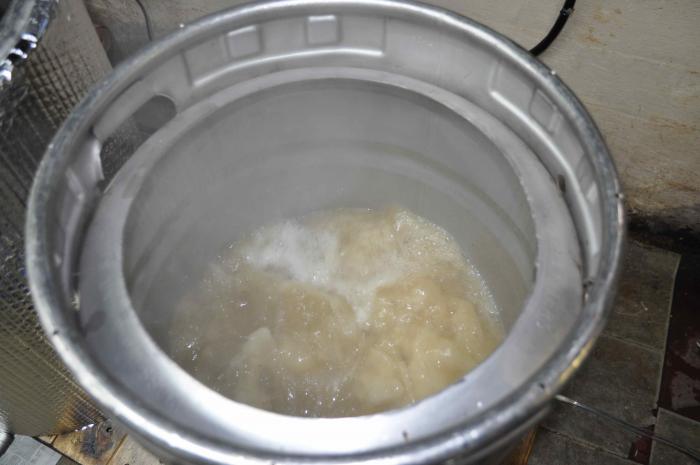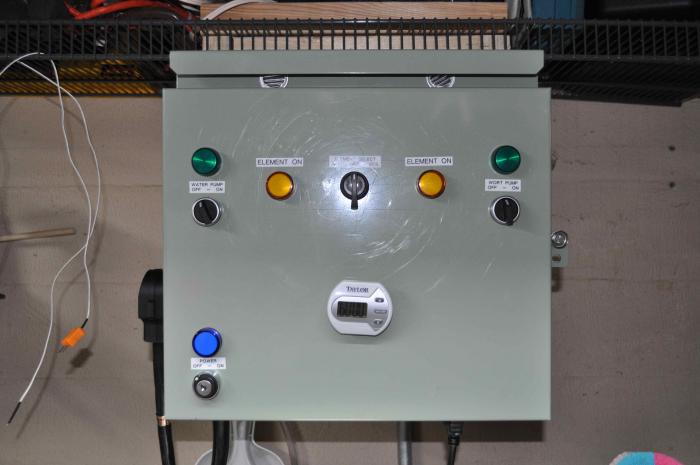appleton11
Member
- Joined
- Jul 7, 2013
- Messages
- 12
- Reaction score
- 0
Hi all,
i've been a 5-gal extract brewer for the past year and a half, and I'm ready to move to an all-grain setup.
I'd like to do an electric setup so I can brew in my basement (and thru the long cold MN winters).
I have a bad back so I'm thinking I need to do a horizontal system.
I'm thinking a recirculating mash system.
any recommendations on a system I could copy (build plans?)?. I'm an engineer so I'm pretty handy and plan to build the system myself (unless a used system is available at the right price!). A base system design would be best - something I could add features to in the future.
thanks much for the help. cheers! Randall
i've been a 5-gal extract brewer for the past year and a half, and I'm ready to move to an all-grain setup.
I'd like to do an electric setup so I can brew in my basement (and thru the long cold MN winters).
I have a bad back so I'm thinking I need to do a horizontal system.
I'm thinking a recirculating mash system.
any recommendations on a system I could copy (build plans?)?. I'm an engineer so I'm pretty handy and plan to build the system myself (unless a used system is available at the right price!). A base system design would be best - something I could add features to in the future.
thanks much for the help. cheers! Randall



